No products in the cart.
Exact Replica Watches
What Exactly Is A Rolex Oyster? Best Swiss Replica Watches
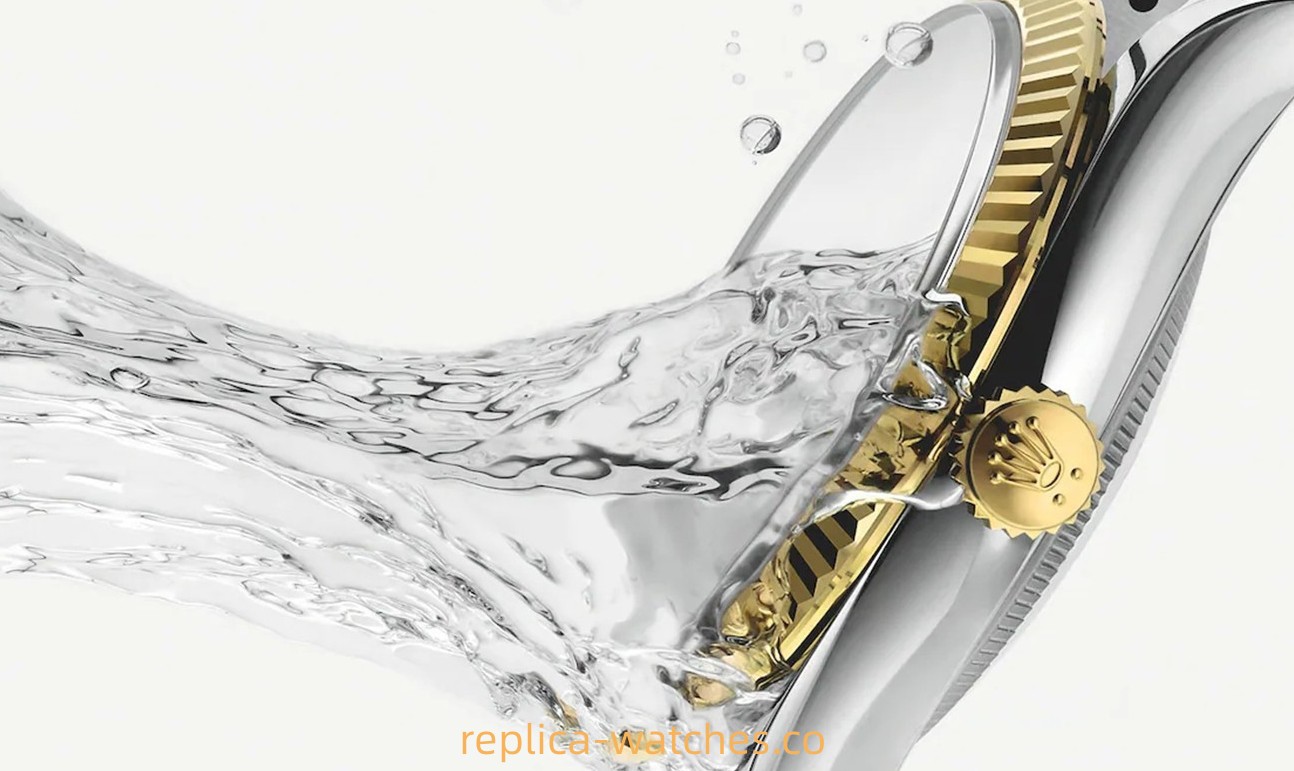
The word oyster refers to the oyster case, English OYSTER, oyster watch, or oyster case; the oyster is used to name a watch technology because the founder of Rolex, Hans Wilsdorf, wants the watch to be like an oyster, which can be submerged in water for a long time. The hard shell protects the inside (referring to the watch parts) without damage. As the waterproof symbol of Rolex, the Oyster case, like the perpetual movement, is the iconic watchmaking technology created by Rolex.
Rolex Oyster case, born in 1926
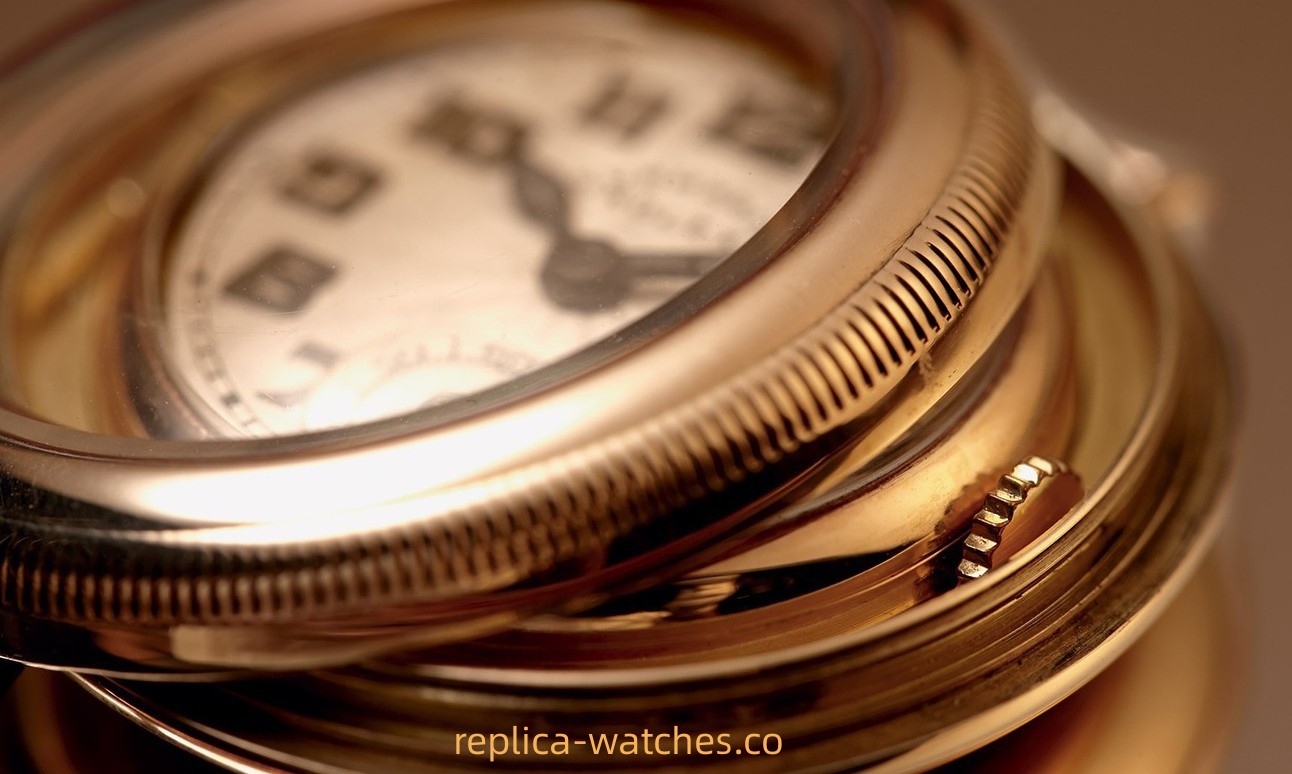
In 1922, the Submarine watched launched by Rolex.
The founder of Rolex, Hans Wilsdorf, was keenly aware that wrist timepieces could meet the new needs of new trends in the early 20th century when pocket watches were popular. But one of the main challenges he faced was protecting the eye from dust and moisture intrusion during daily wear to avoid the resulting malfunction or oxidation of the inner part of the case. In 1922, Rolex launched the Submarine watch. The watch is equipped with an additional outer case, whose outer ring and crystal mirror are screwed into the case tightly, making the extreme case waterproof. The outer case must be opened to access the crown to wind the watch or adjust the time. The Submarine watch is Rolex’s first step on this protection road. Best swiss replica watches.
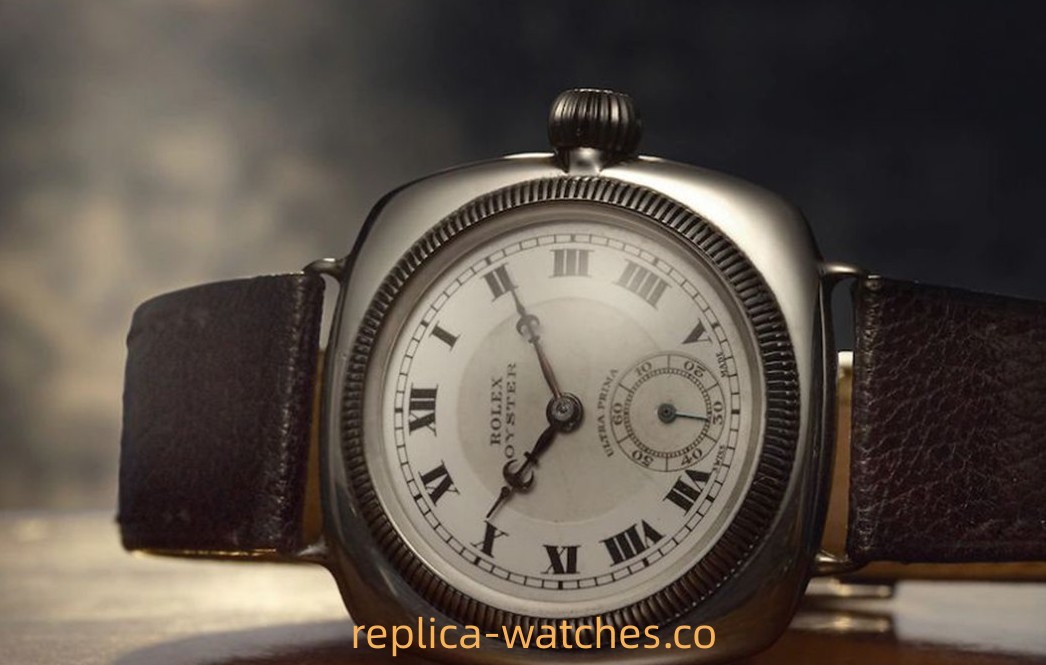
The Oyster watch uses a sealed case and is the world’s first waterproof watch.
Four years later, in 1926, the Rolex Oyster case was patented and officially launched. Compared with Submarine, it removed the redundant case and was a technology that locked the bezel, crown, and bottom cover to the middle point. In the brand’s own words, the watch case is a significant breakthrough in the history of the watchmaking industry, successfully transforming the watch from a delicate luxury to a practical and durable daily necessity.
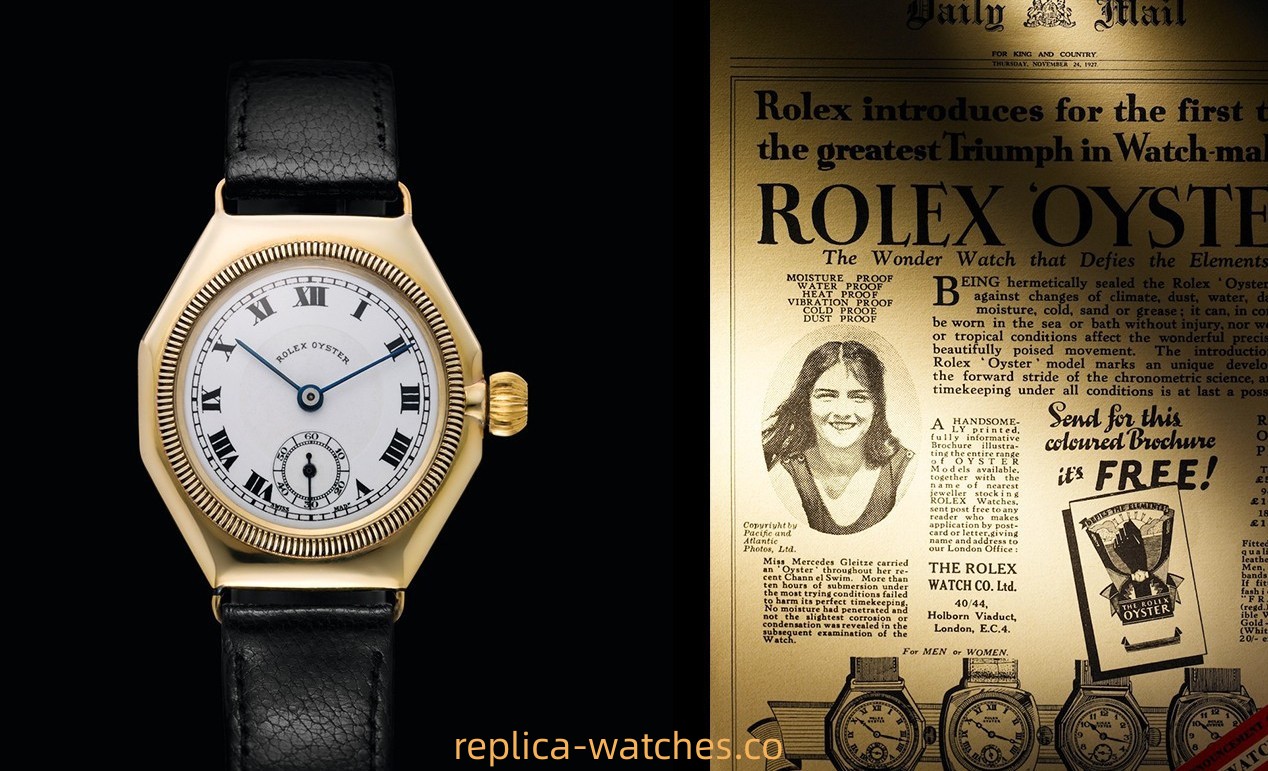
At that time, to publicize the outstanding quality of the Oyster case, Hans Wilsdorf also decided to ask Mercedes Gillis to wear the watch when preparing to swim across the English Channel to prove that the watch was utterly waterproof; in the end, she successfully crossed the English Channel wearing a Rolex Oyster watch. After swimming for over ten hours, the Oyster watch operated as usual without being affected. To celebrate her success, Rolex published a full-page article on the “Daily Mail” front page announcing the victory of Mercedes Gillies and waterproof watches. She is also the first spokesperson for Rolex. Swiss fake watches.
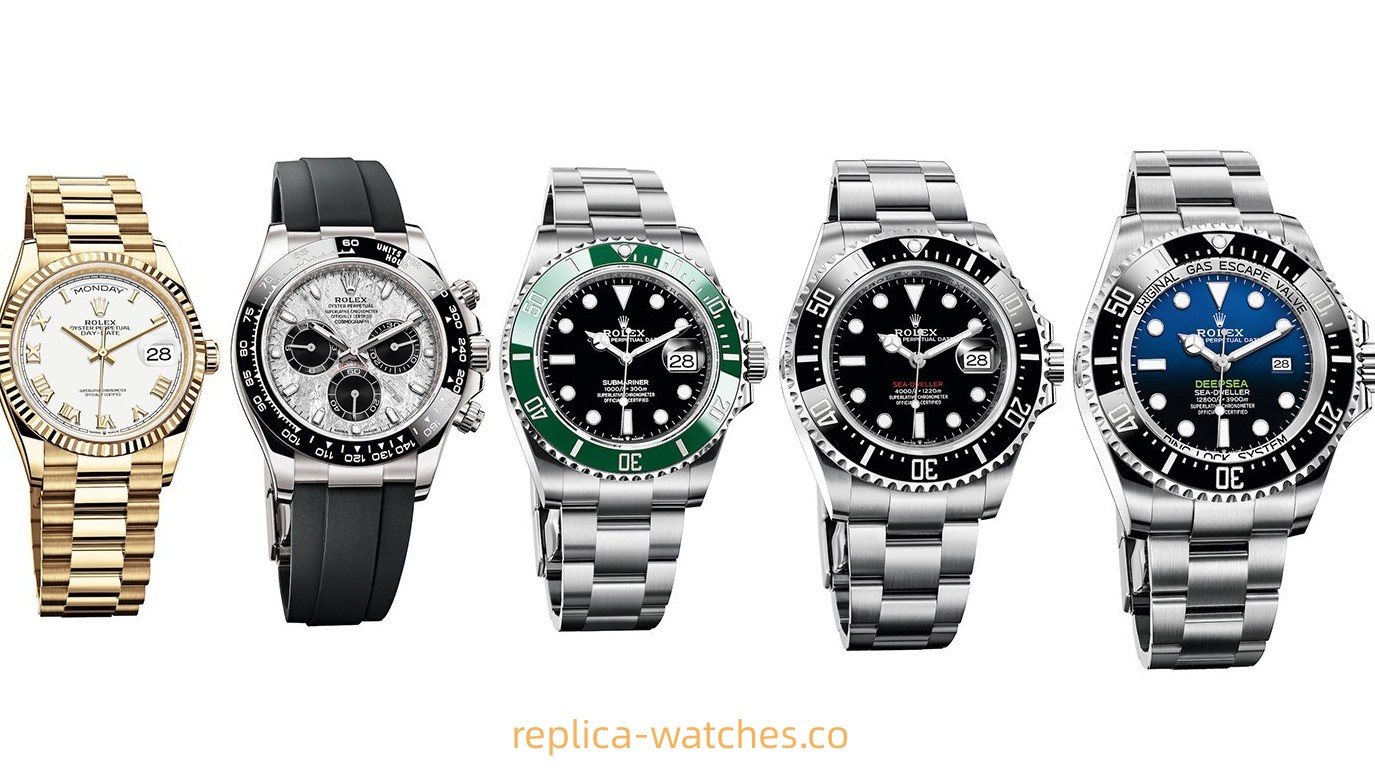
The Oyster case of modern Rolex is subdivided into multiple configurations such as case, crown, mirror, bezel, and helium exhaust valve. According to different designs, the waterproof level is also planned into four groups: 100 meters, 300 meters, 1220 meters, and 3900 meters. For example, 100 meters is the waterproof level of conventional models such as DJ log type, DD week calendar, and Daytona. , 300 meters is our most popular submersible water ghost, 1200 meters is the sea envoy, and 3900 meters is the gradient ghost king DEEPSEA.
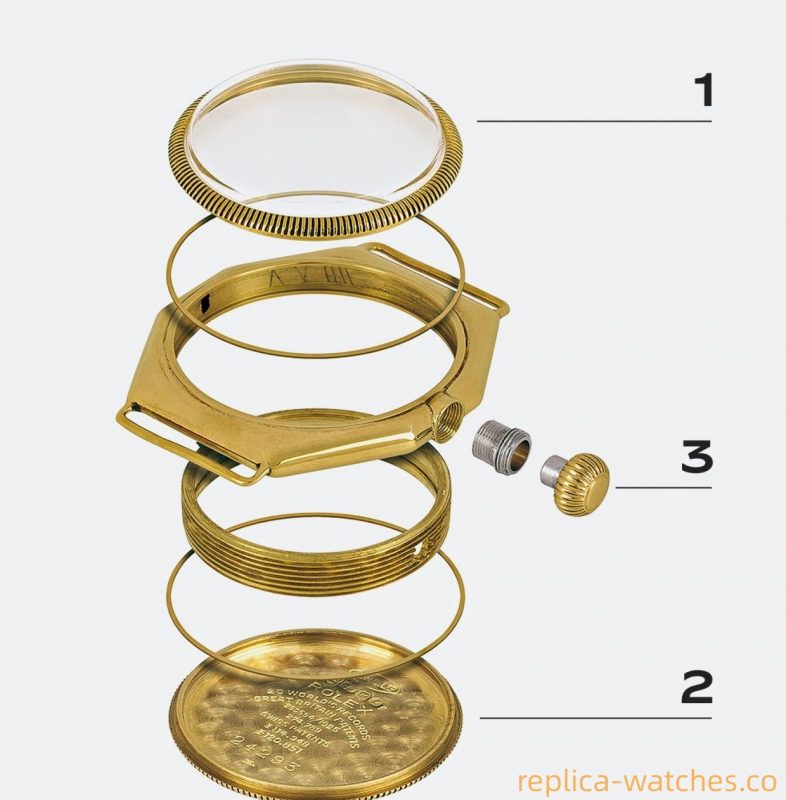
Oyster case construction in 1926
Rolex crown double, triple waterproof system
The crown’s double and triple water resistance system is an essential part of the Rolex Oyster case. In 1953, Rolex launched the dual waterproof system, using a patented design with double seals. In 1970, Rolex further innovated the production process and found a triple waterproof system, which used additional sealing areas to enhance the waterproof performance of Rolex watches.
The double waterproofing system, a rubber ring in the crown casing part, and a rubber ring in the crown. The triple waterproof system adds an apron to the height casing to become two aprons and retains one on the crown. The log type and the day date are double waterproof, the water ghost and Daytona are triple waterproof, and the sealing and waterproofing are like a submarine hatch.
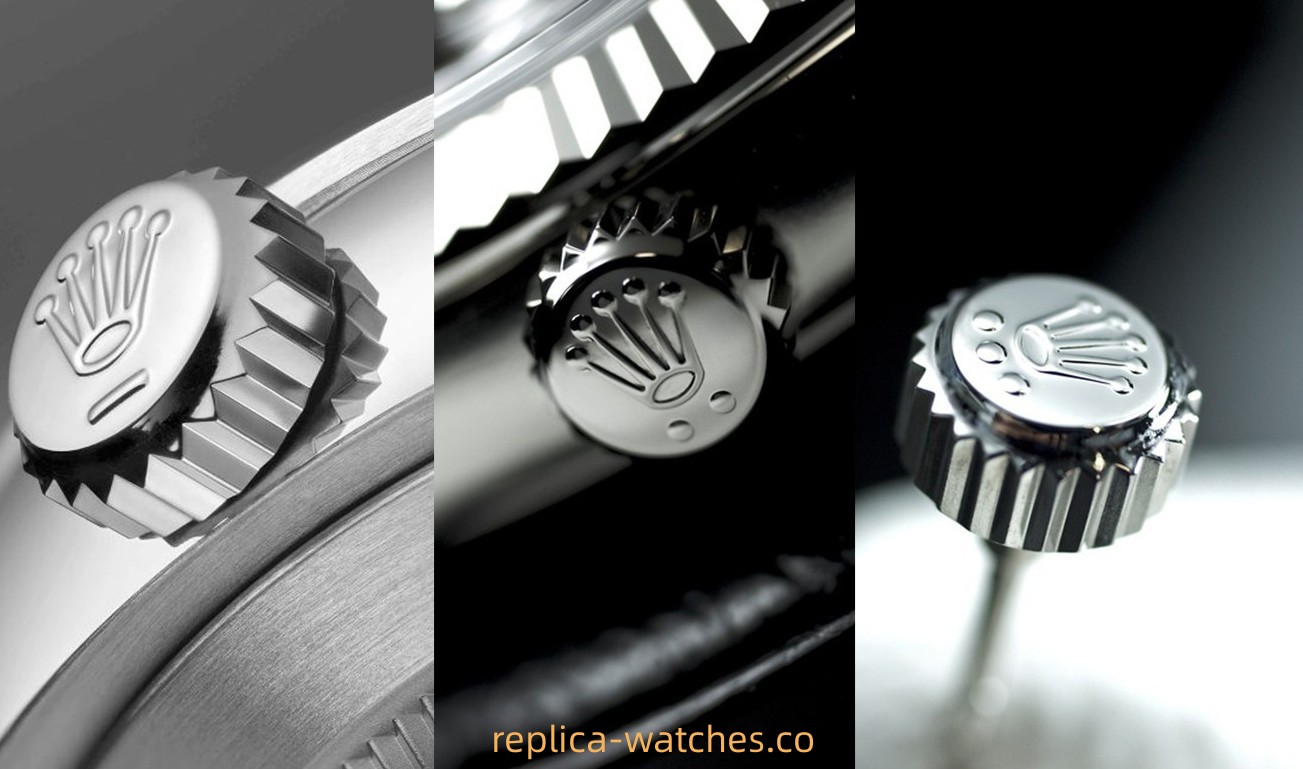
In addition to distinguishing the waterproof system by looking at the series and models, Rolex also uses dots or horizontal bars directly on the crown to indicate the level of the waterproof design. Two dots or a flat bar means the double waterproof system is used, and three dots represent that the triple waterproof system is used. Of course, these signs can also be used to distinguish the material used in the watch according to the details.
Rolex Oyster case mirror
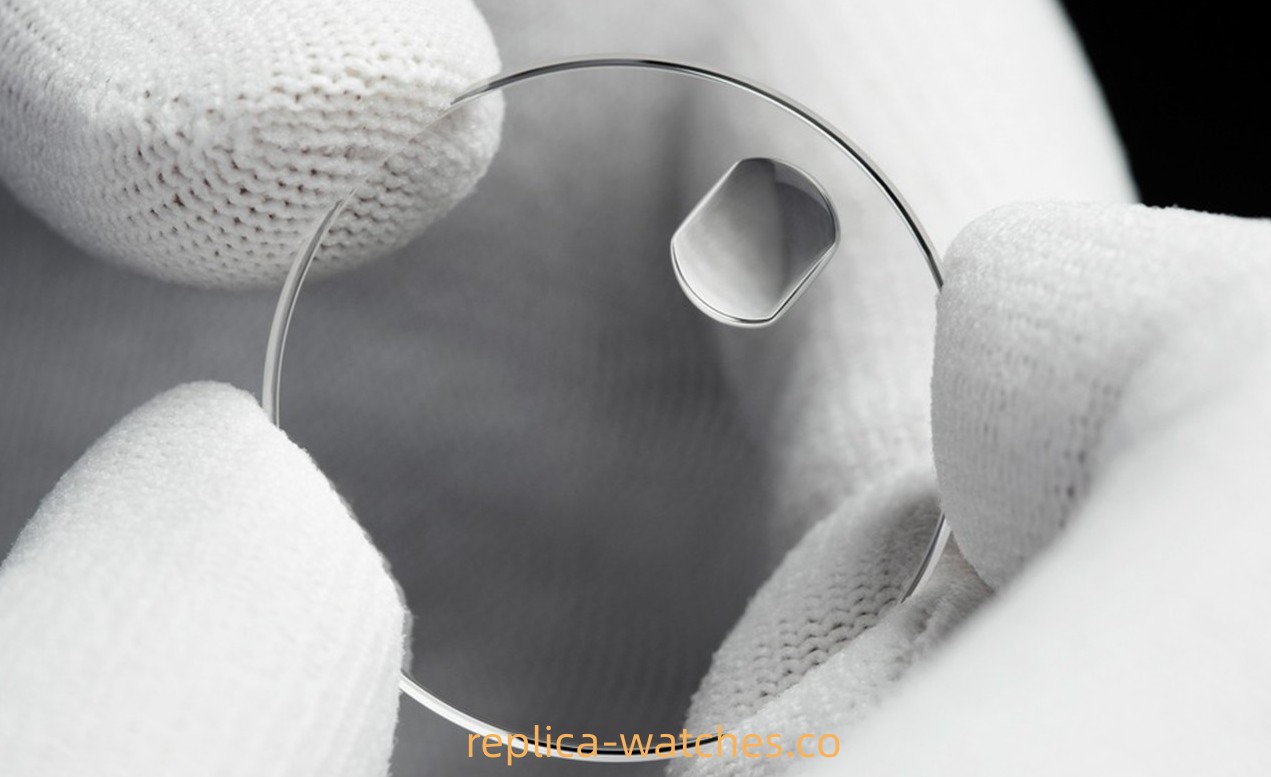
The mirror on the Rolex watch, which is also an essential part of the Oyster case, is mounted on a gasket and fixed to the point. The mirror calendar magnifying glass is also one of the iconic features of Rolex. Rolex initially launched the patented magnifying reflector in 1953, which can enlarge the log-type calendar window, enhance readability and make it more recognizable. Its name comes from the Cyclops in Greek mythology.
But in the beginning, the Rolex watch mirror and magnifying glass were made of acrylic, so it was not scratch-resistant and would be scratched. Because of this, we can see many scratches on the watch mirror and magnifying glass on many antique Rolex. In the 1970s, Rolex also began to replace the sapphire mirror. The small window convex lens was also made of scratch-resistant sapphire and installed on the mirror. In 2005, a double-layer anti-reflective coating was added to the magnifying glass to ensure the calendar reading was more precise. Rolex’s calendar magnifying glass design will also lead to a wave of design trends for the watch world in the future.
Rolex Oyster case bezel
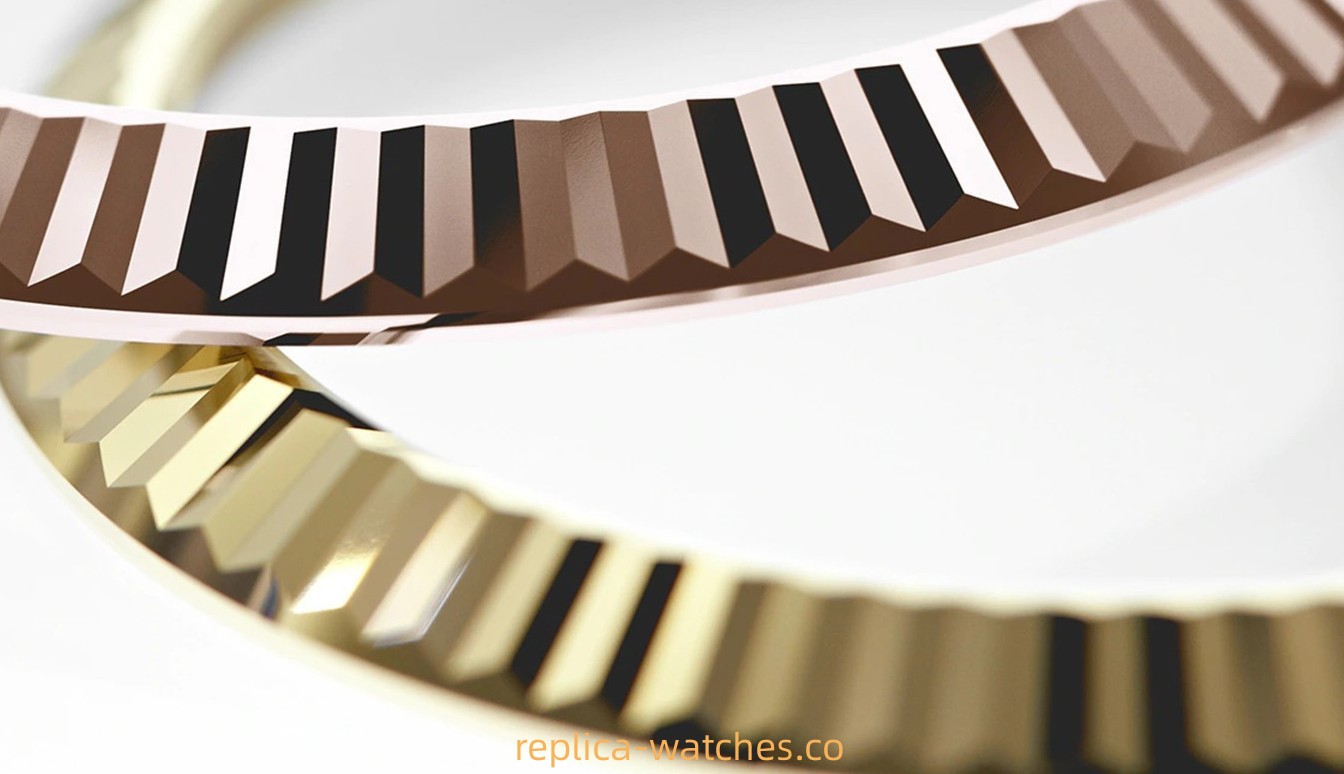
For Rolex, form and function are closely linked, as is the case with the distinctive bezel design of the Oyster watch. The introduction of fixed or rotating outer rings has brought a variety of new functions to different looks, such as diving outer rings, dual time, 24-hour display, and speed rings. The most classic triangular pitted outer ring also had a practical use initially. Such a pitted design helps tighten the case’s outer ring with specific tools to ensure waterproof performance.
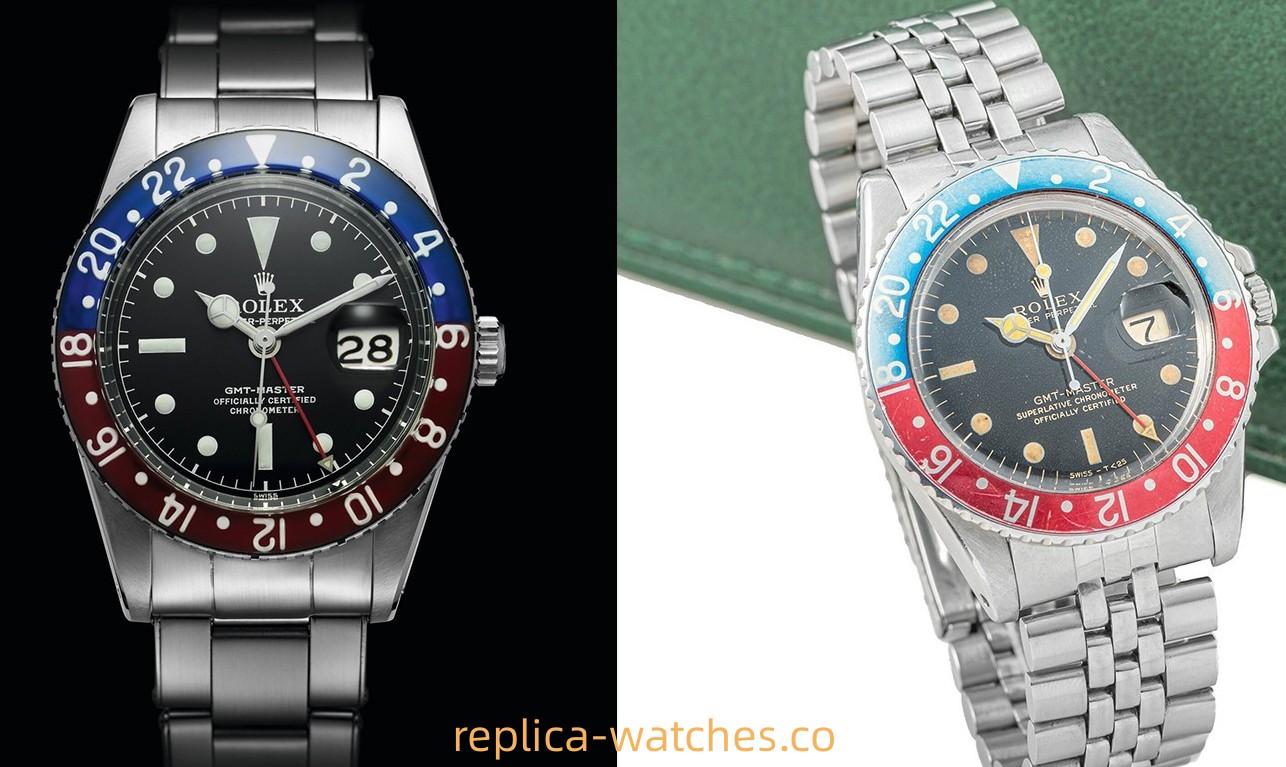
On the left is the official image of the early resin ring. On the right is the mid-term replacement aluminum ring. The scratches and color fading problems preserved to this day are visible.
The versatility of the bezel we mentioned now appears on Rolex sports models. These bezels first used resin plastic bezels in the 1950s, like the early Greenwich GMT, but we all know that resin is not durable, let alone used as the outer bezel.
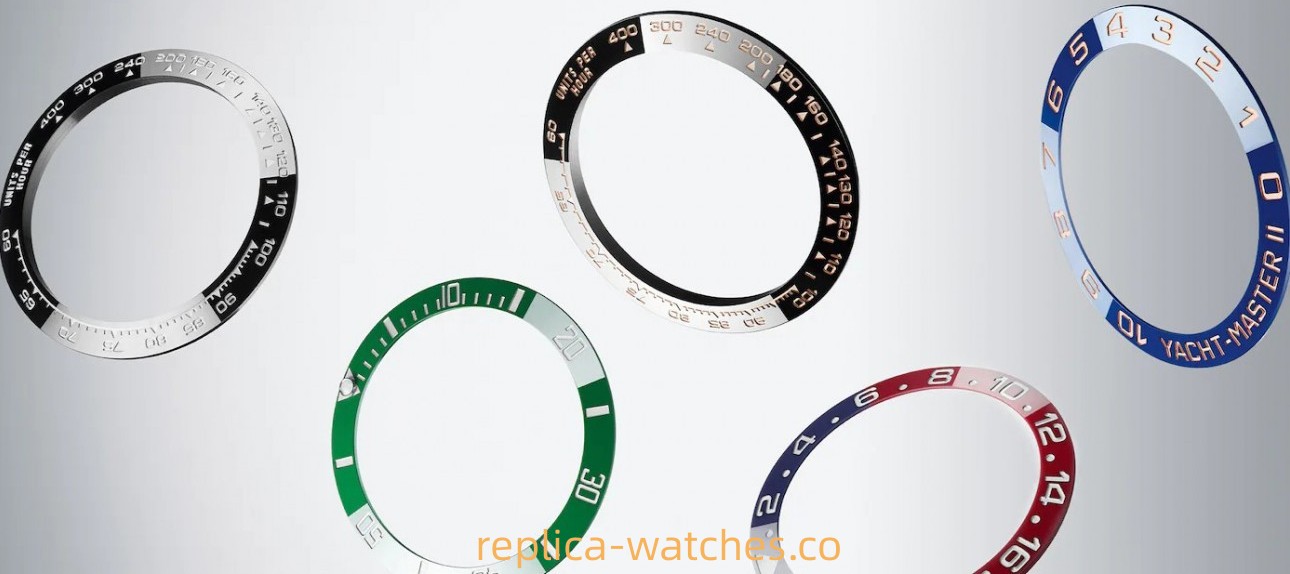
Cerachrom circle
However 1956, Rolex replaced the plastic bezel with an aluminum ring. Rolex has used aluminum bezels for a long time, but even though they are better than resins, they still have fading and damage problems. It was not until after the millennium that Rolex introduced ceramic bezels, which perfectly solved the problem of scratch resistance. And fading and other issues, until today, the ceramic bezel is also an essential standard for everyone to measure a diving watch.
Rolex Oyster case helium escape valve
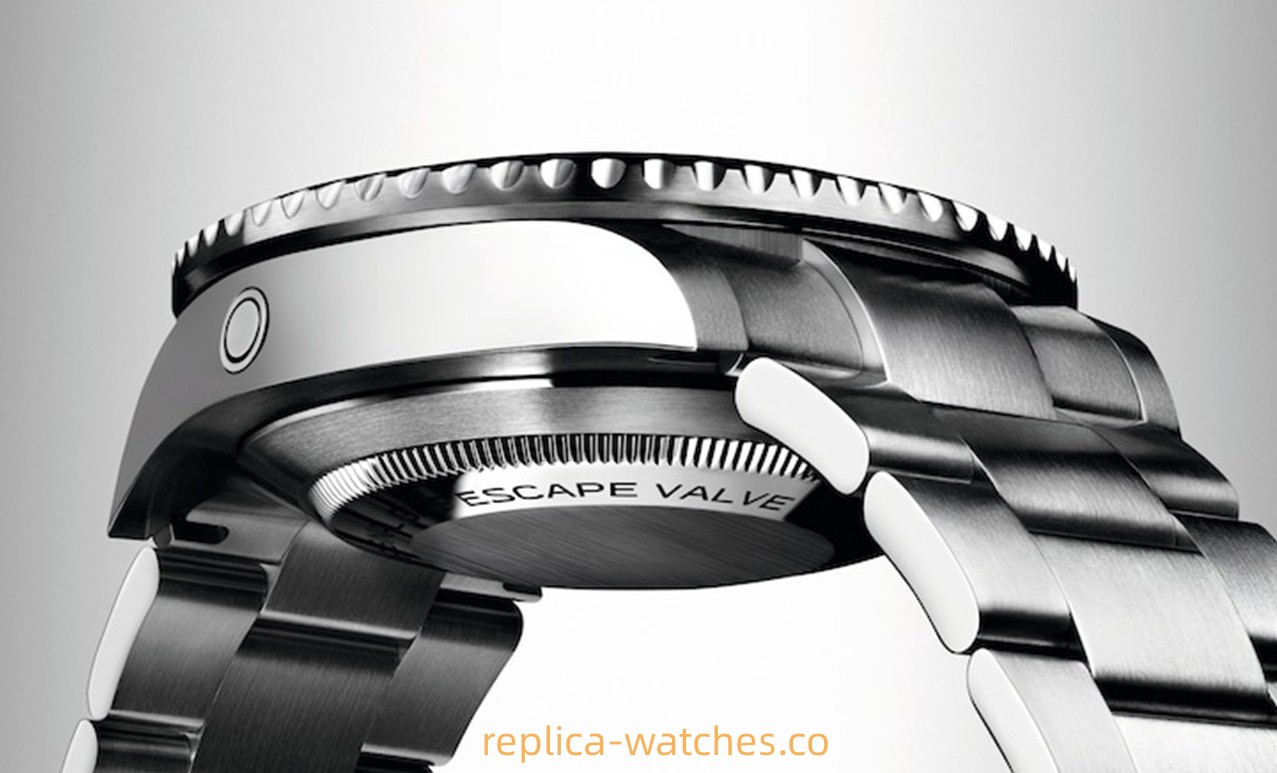
The helium exhaust valve is also an essential part of the Oyster case. However, it only exists on the Sea-Dweller and DEEPSEA deep dive models, which are diving watch cases with waterproof depths of 1220 meters and 3990 meters.
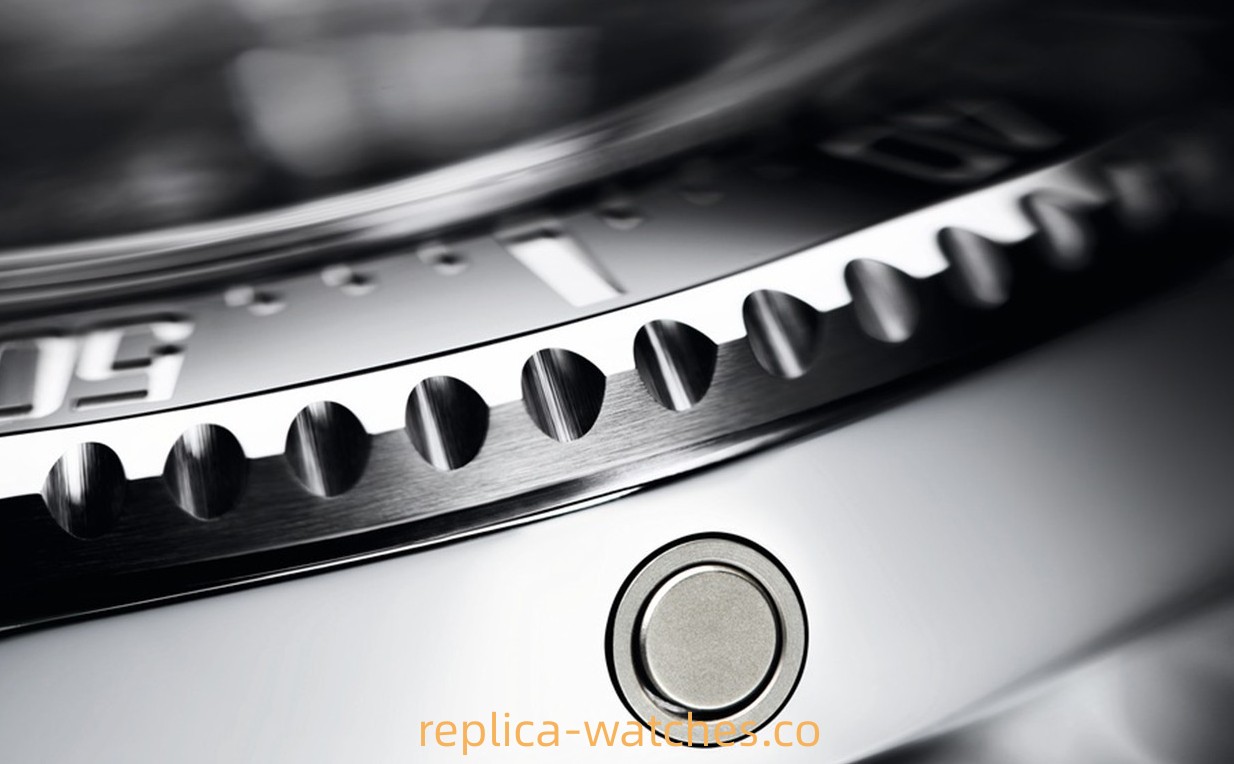
The birth of the helium exhaust valve is also based on the advancement of diving technology in the last century, which allows divers to dive deeper into the seabed and stay longer. A unique mixed breathing gas containing a large amount of helium is used in the pressurized chamber, allowing divers to remain on the seabed for days or even weeks and avoid the toxic effects of the enormous water pressure in the deep sea on the human body. It is also called a new type of “saturation” diving Law. However, the watch in the hyperbaric chamber will be filled with helium gas, which can penetrate the waterproof sealing ring. During decompression, the residual helium in the watch case will be accompanied by the risk of forming a pressure difference with the hyperbaric chamber. As a result, the gas cannot be released from the point, which may break the crystal mirror and fall off the case. In 1967, Rolex’s helium exhaust valve was patented and was born. The exhaust valve automatically activates when the internal pressure is too high to remove excess gas.
The structure of the helium exhaust valve is shown in the figure above. A disc valve structure is on the side of the sea-dweller and deep-dive type cases. There is a spring inside, which changes with the pressure. The spring opens the valve to discharge helium.
In the end, let us return to the title question, what exactly is a Rolex Oyster? It is the configuration introduced to you above. They are gathered together, which is the Rolex Oyster case.
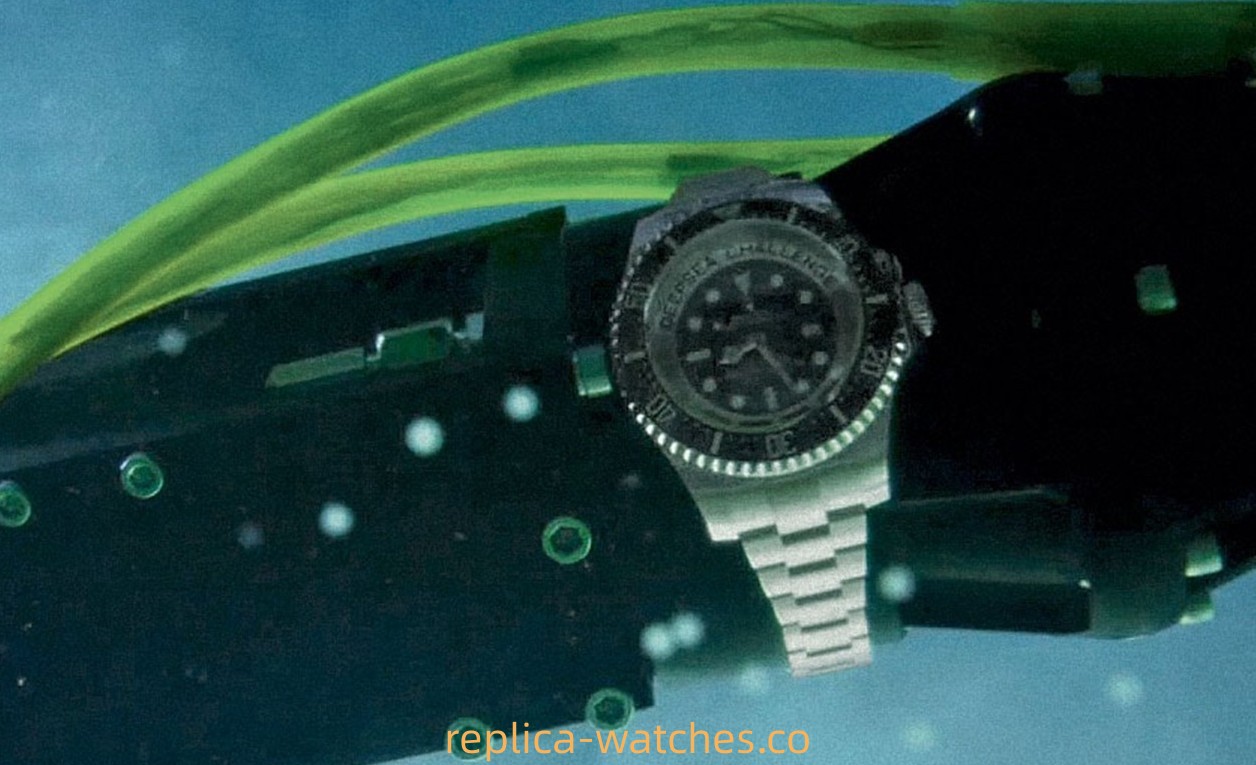
For Wilsdorf, as early as the beginning of the last century, when pocket watches were popular, it was difficult to recognize the future development trend of the watch market and successfully produce the excellent dustproof and waterproof performance of the Oyster case. , It is also tricky on two points, one is technical manufacturing, and the other is judging the importance of waterproof function for watches. Even more rare is that Rolex has continued in the future. The research and development of waterproof performance have been upgraded step by step, from double to triple, from 100 to 3900 meters, and James Cameron’s deep-sea challenging experimental diving watch in 2012. , withstood the pressure of 15,000 meters underwater in the Mariana Trench in the Pacific Ocean, withstanding the force equivalent to a weight of 20 metric tons.
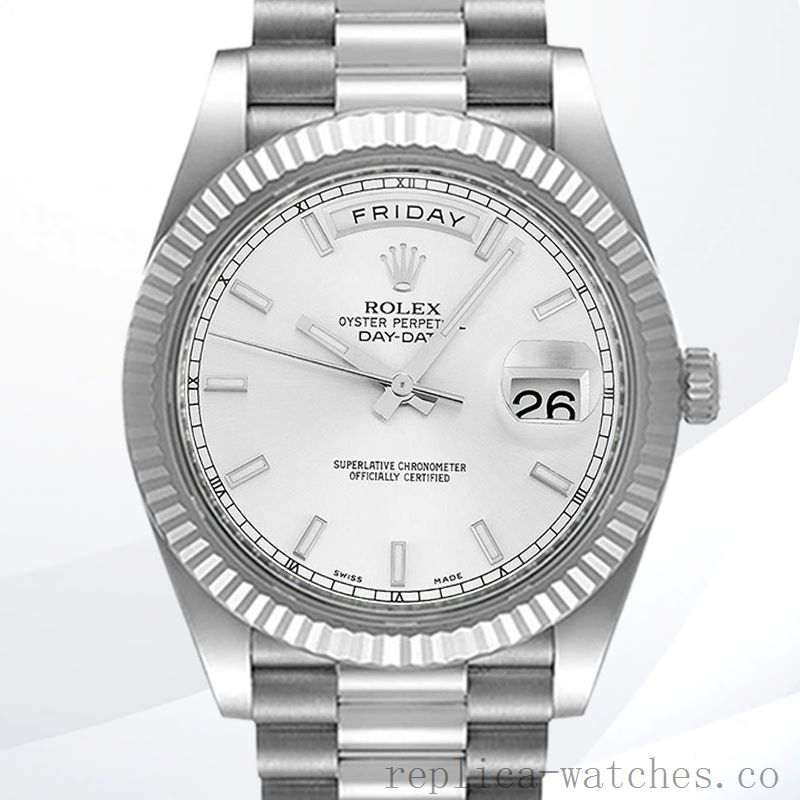
Band Length: 18cm
Gender: Men’s
Model: 218239
Case Thickness: 15mm
Dial Color: White Dial
Case Color: Silver-tone
Series: Day-Date
Brand: Rolex
